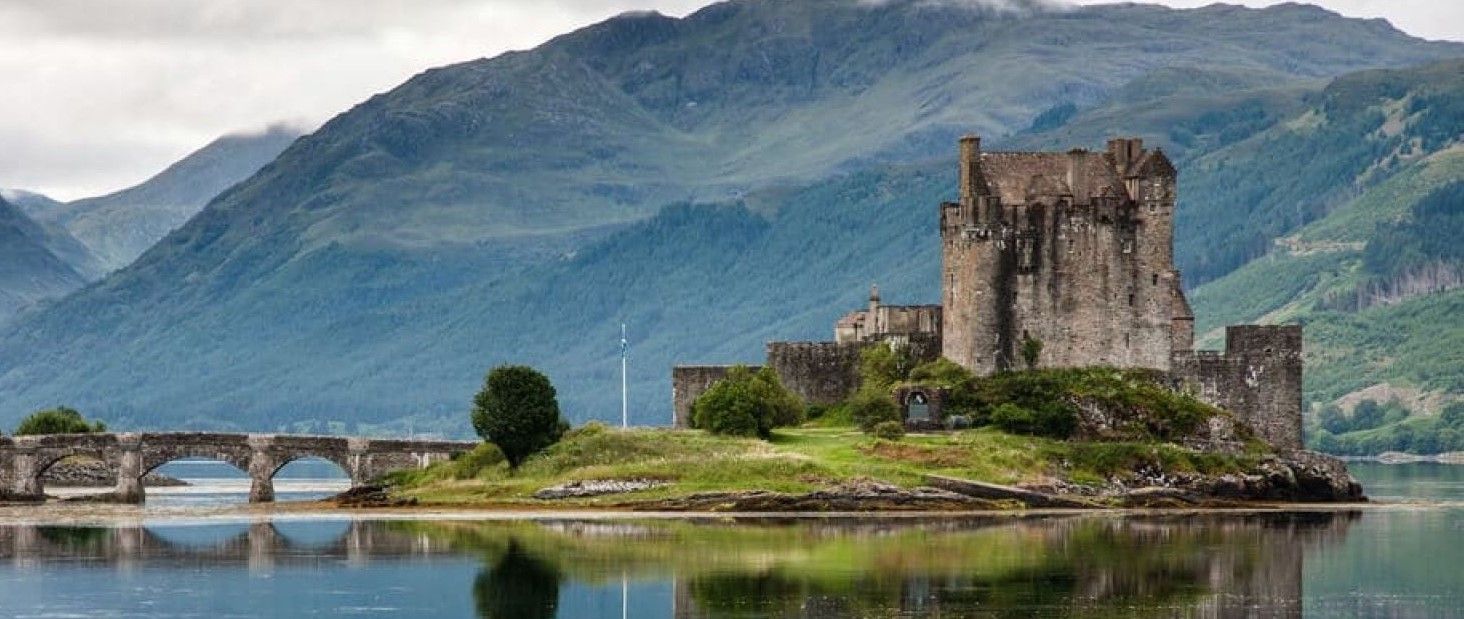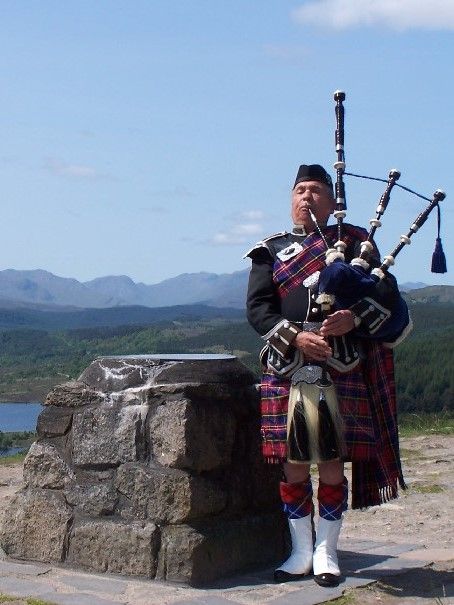BLOG 9: Outer Hebrides / Part 1
Veröffentlicht: 31.05.2023
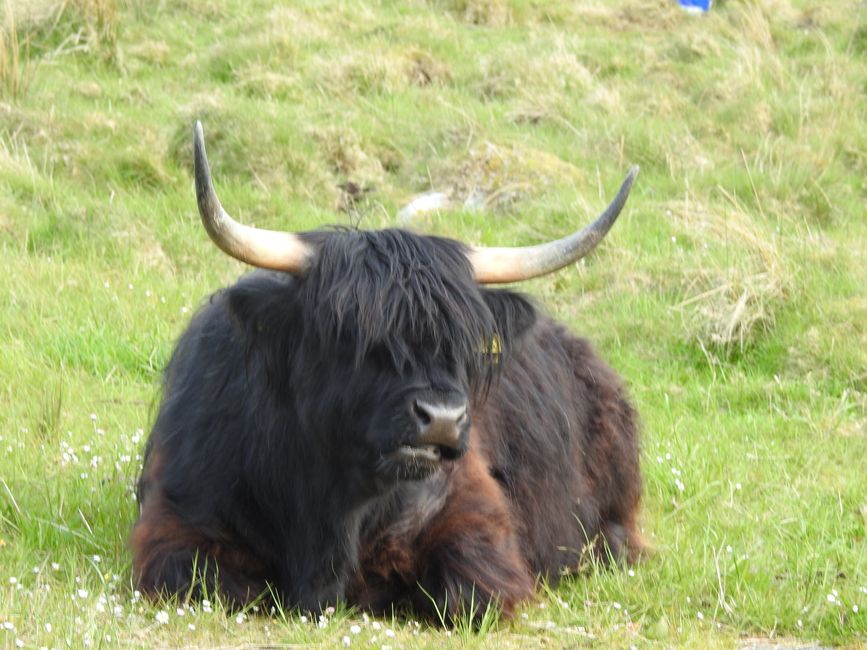
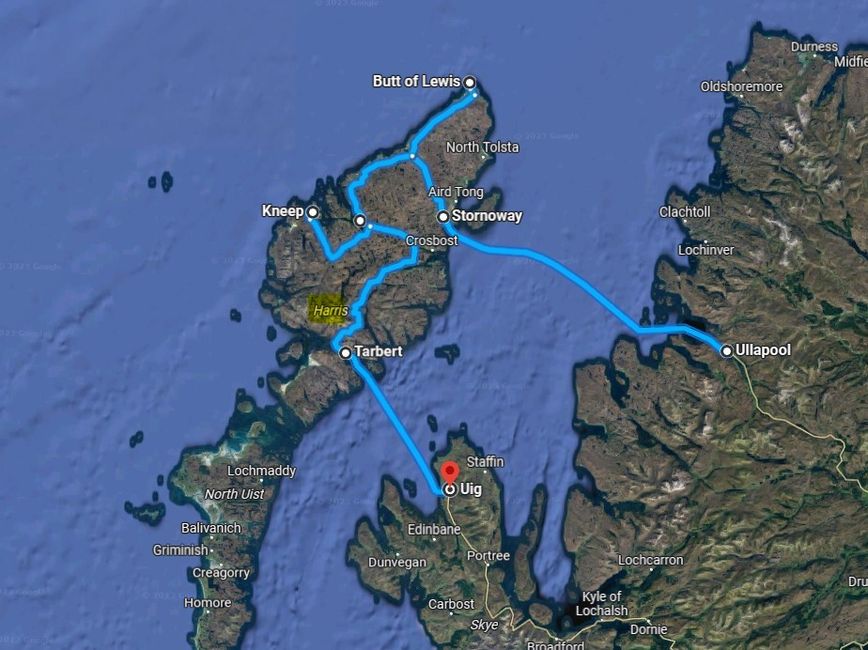
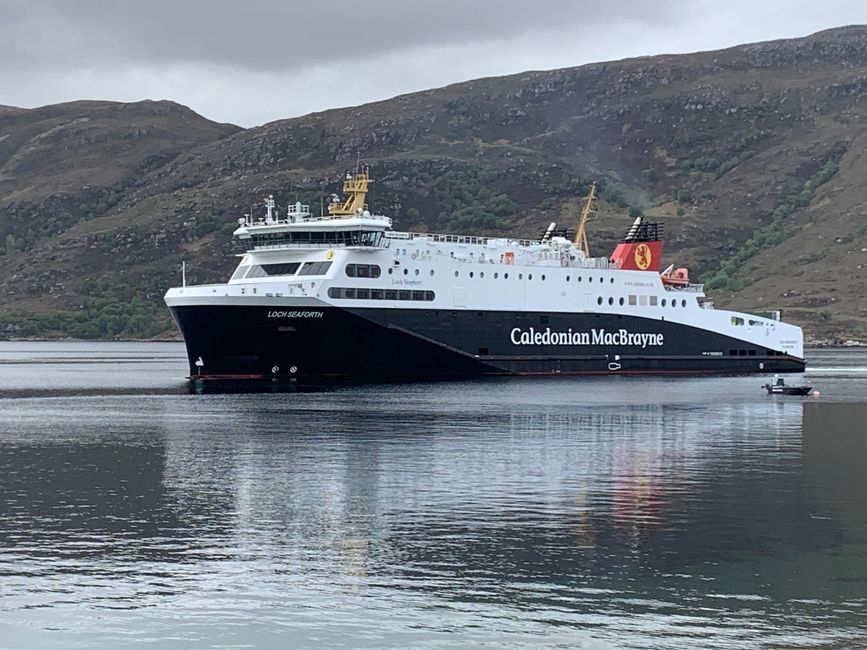
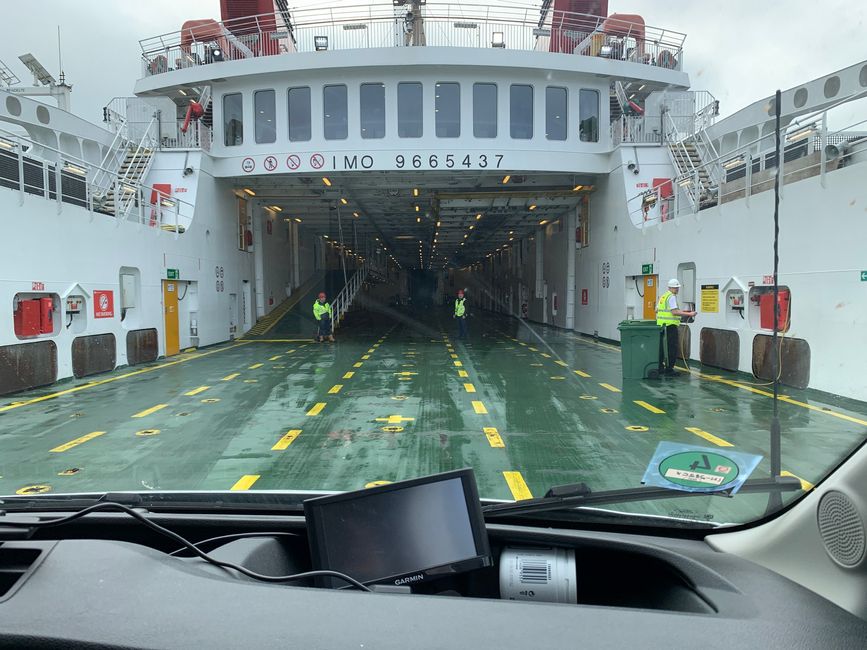
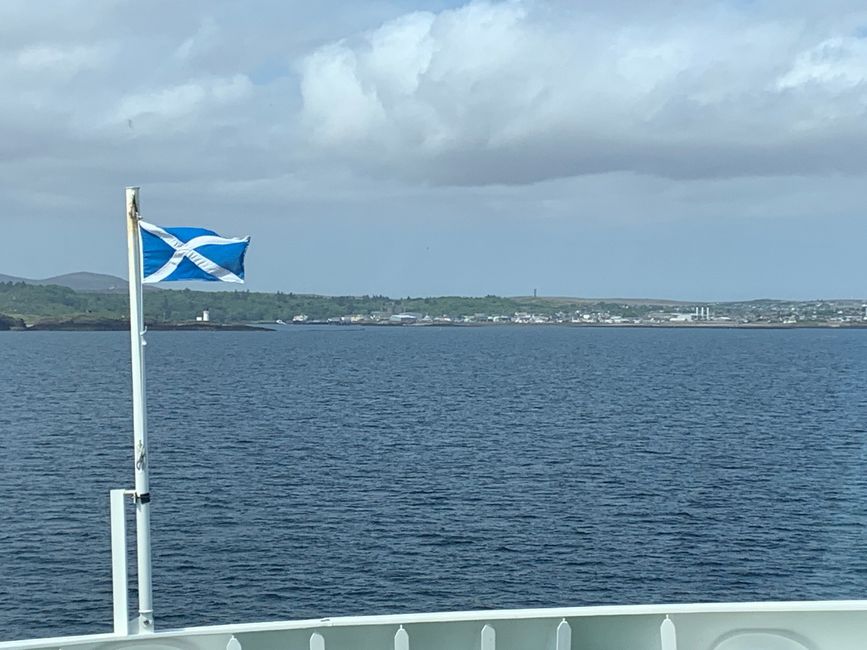
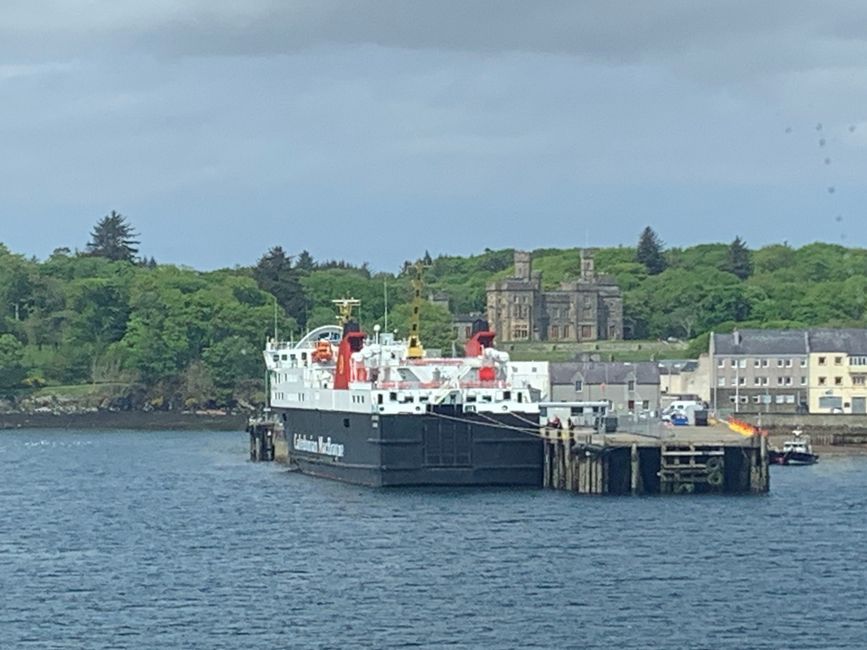
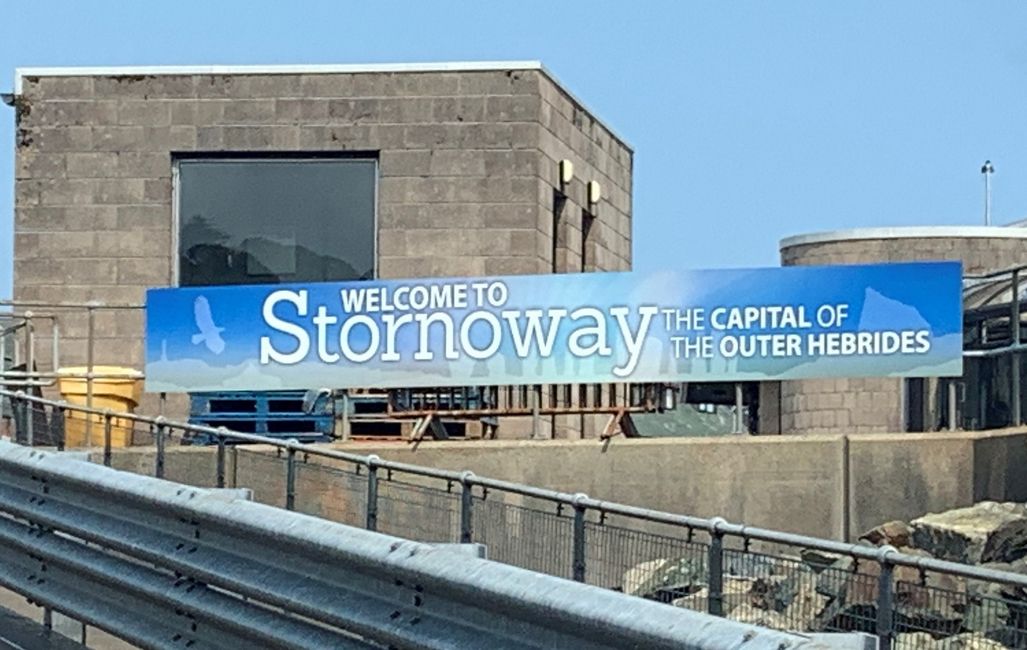
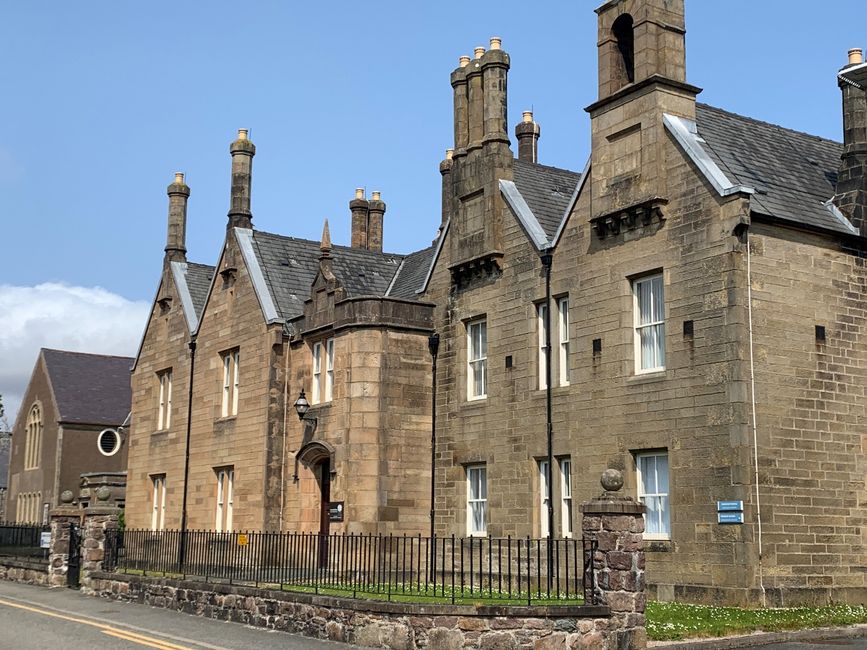
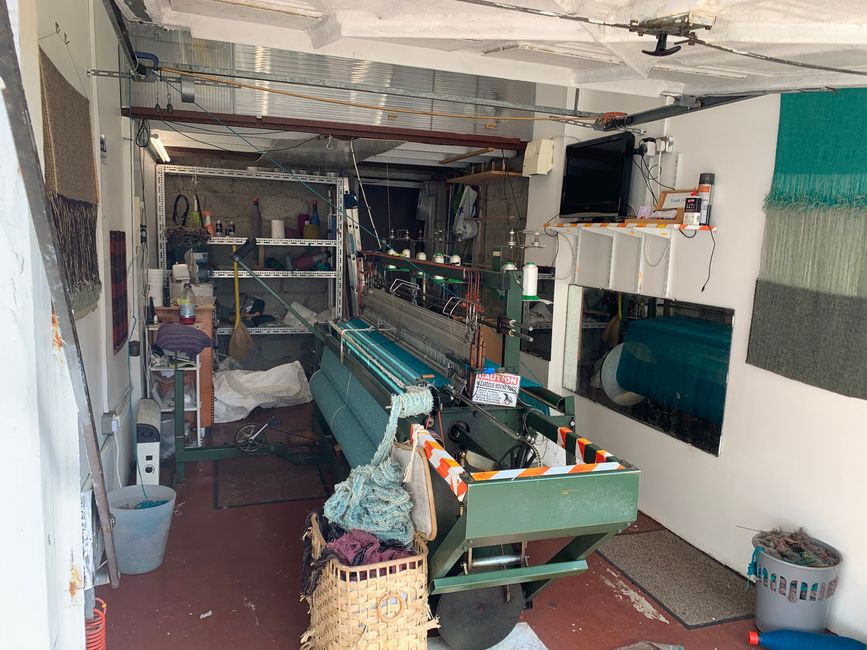
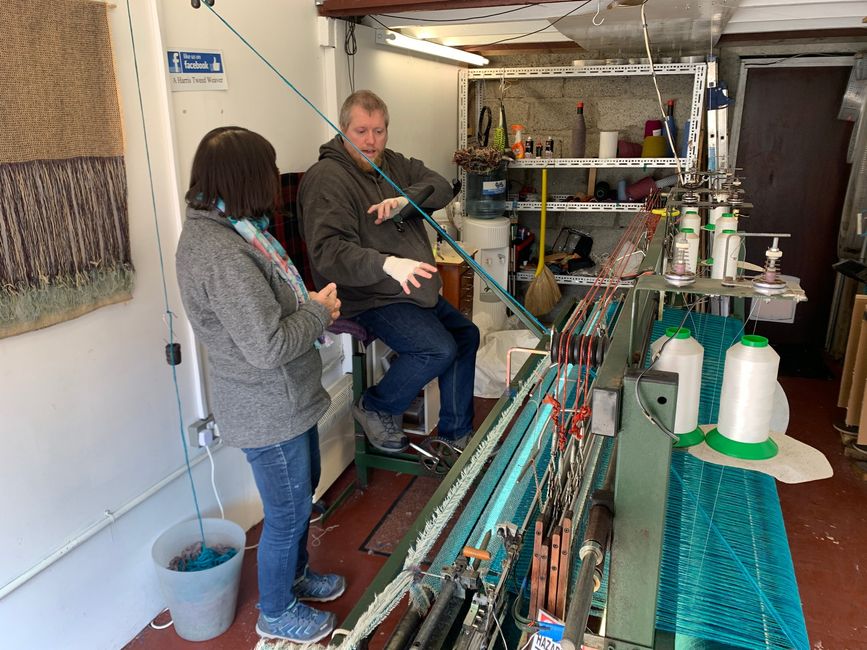
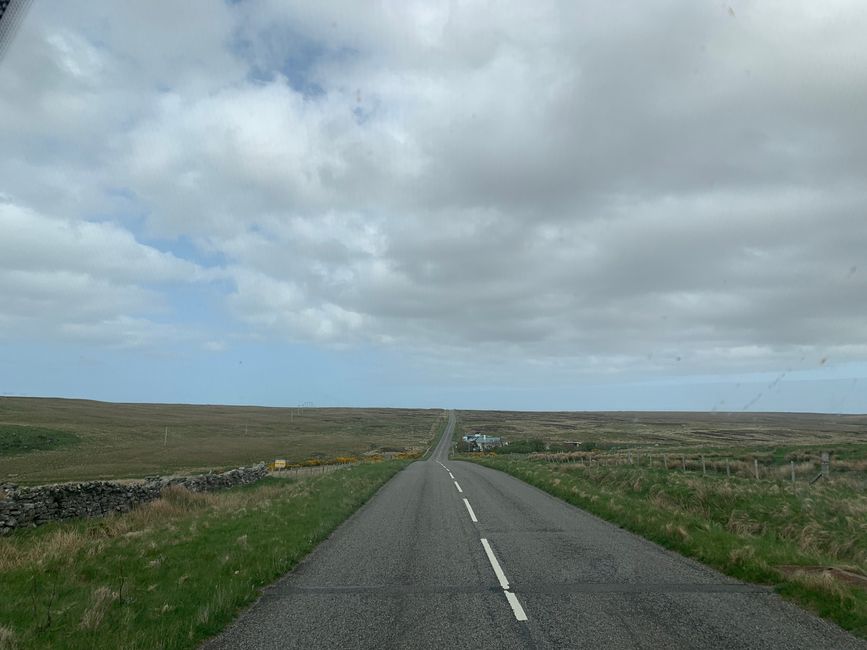
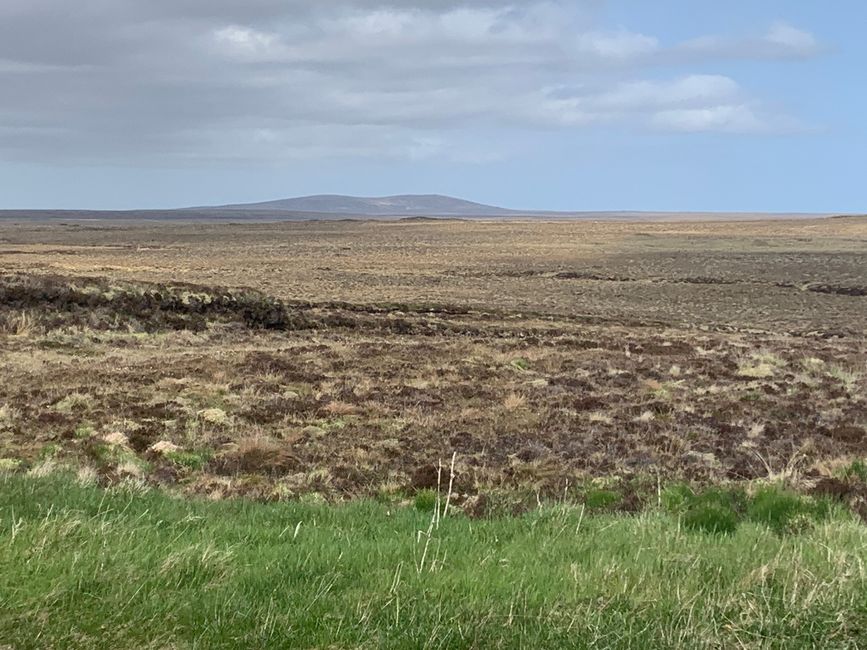
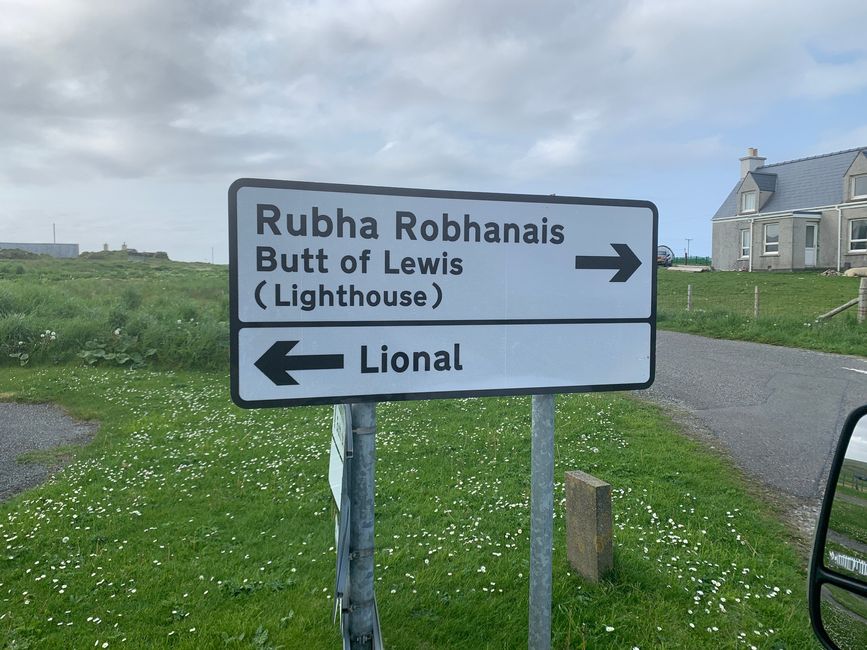
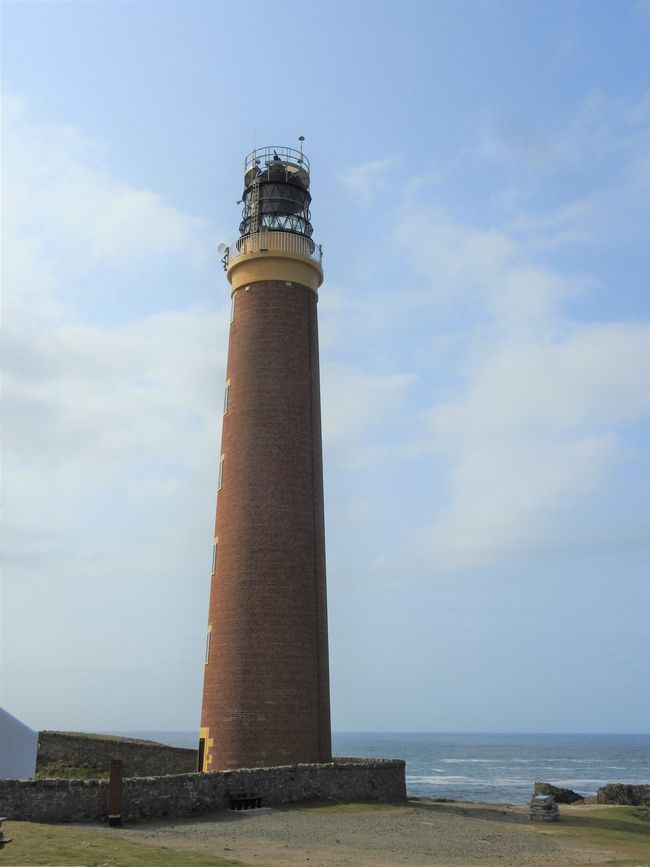
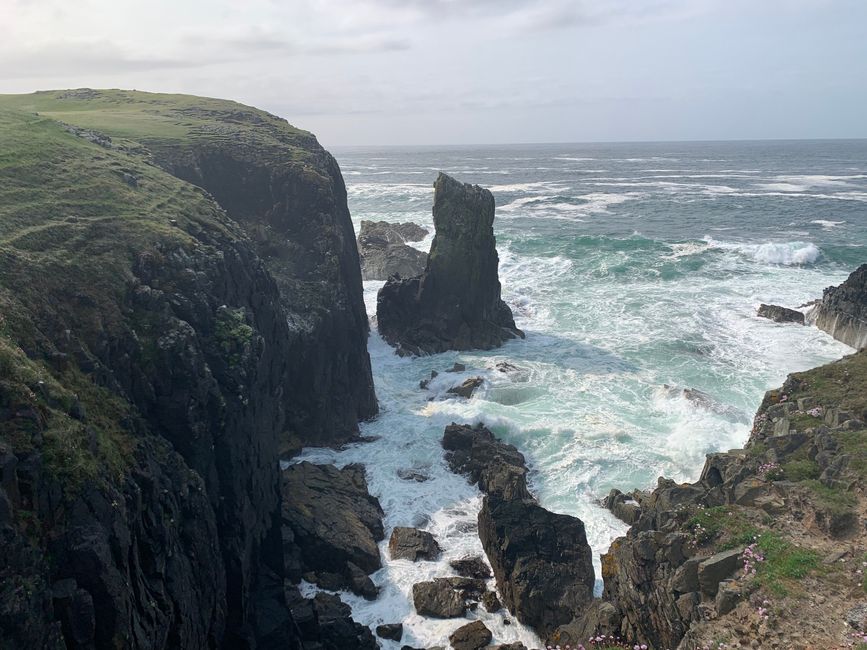
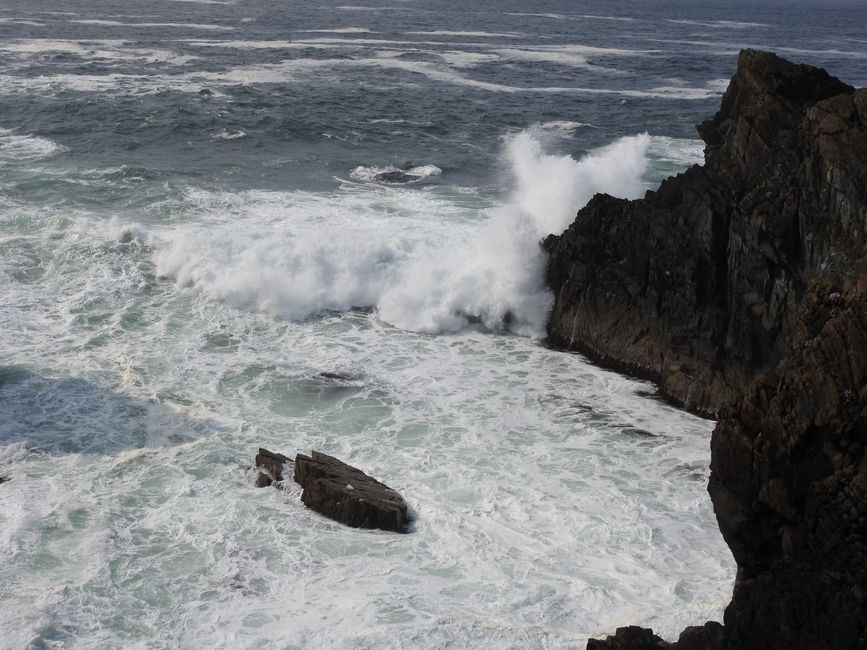
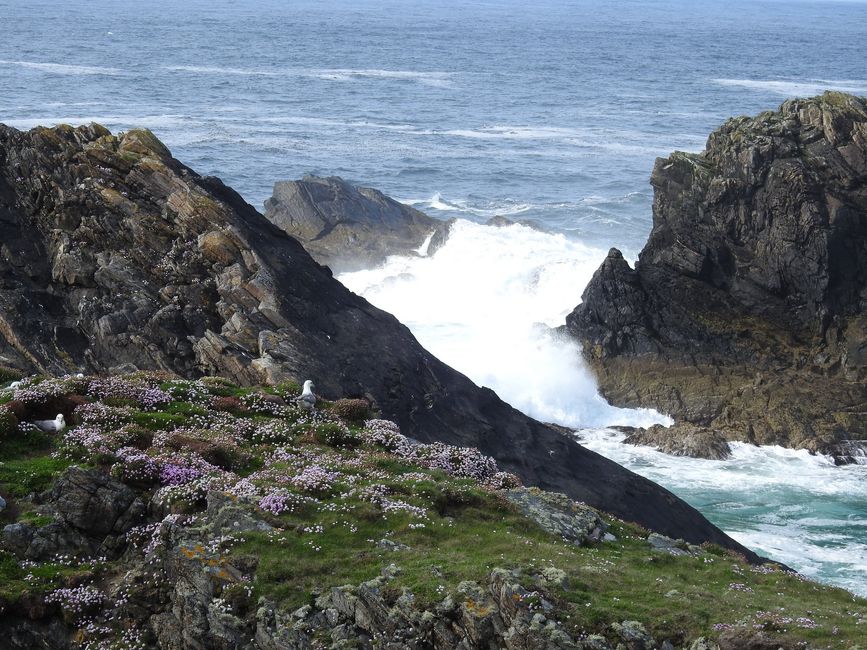
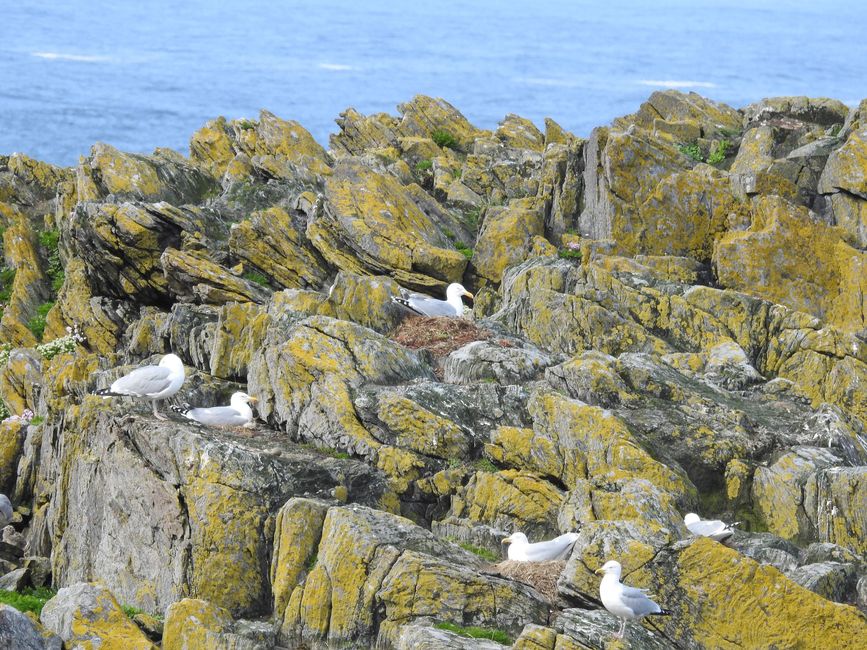
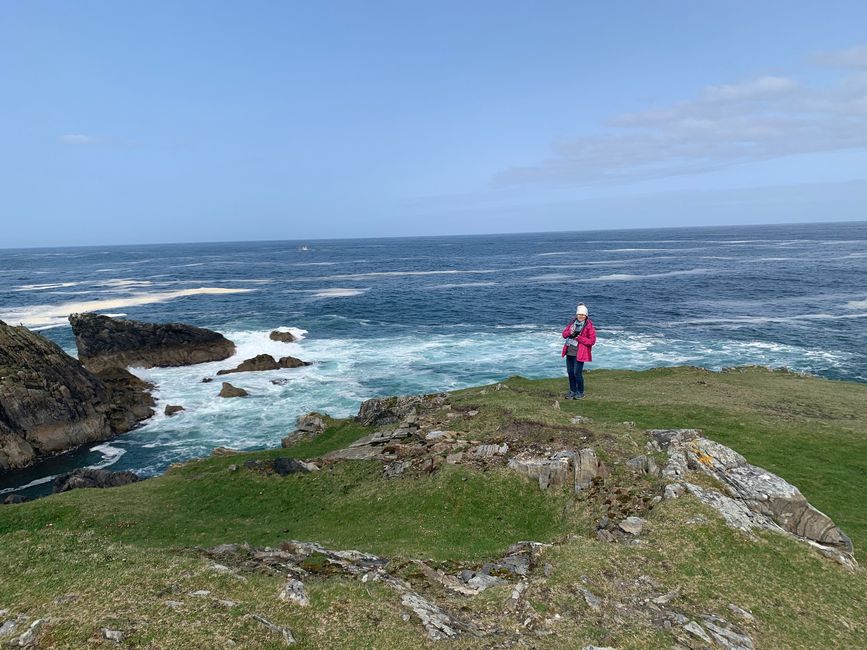
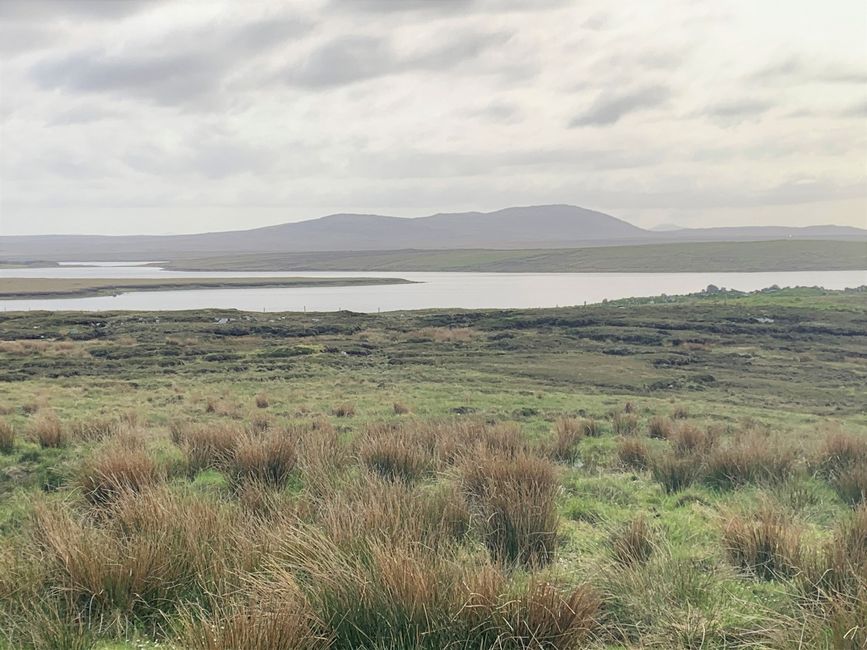
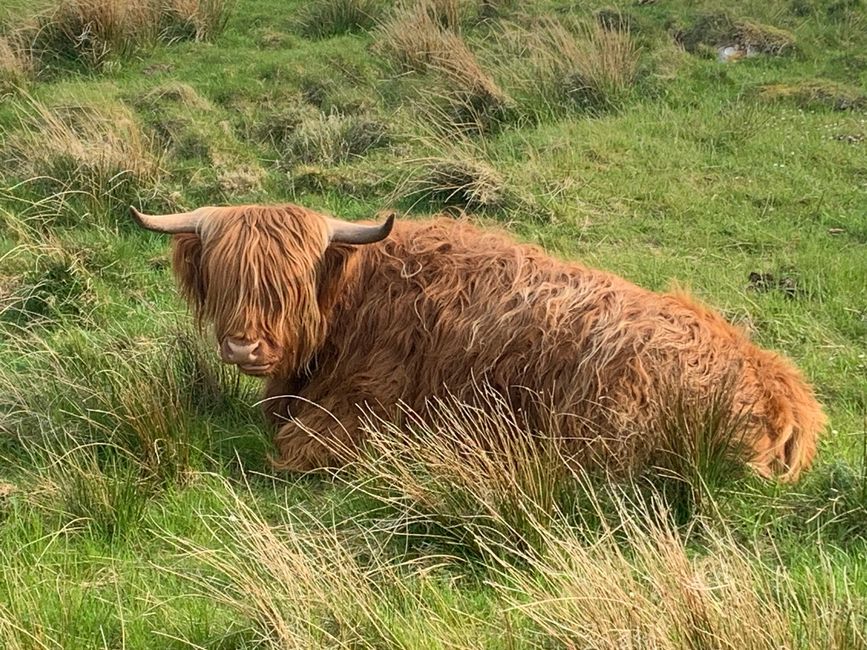
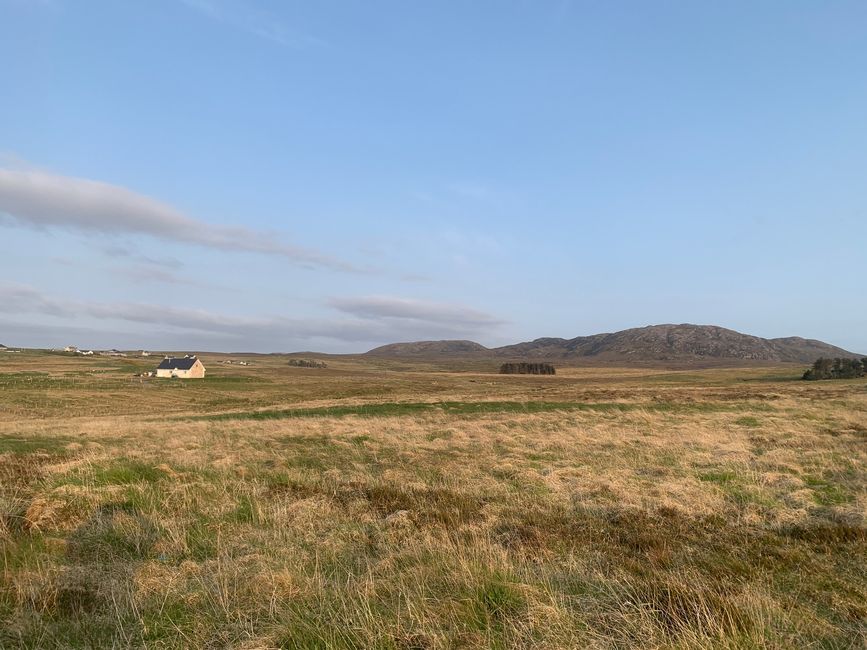
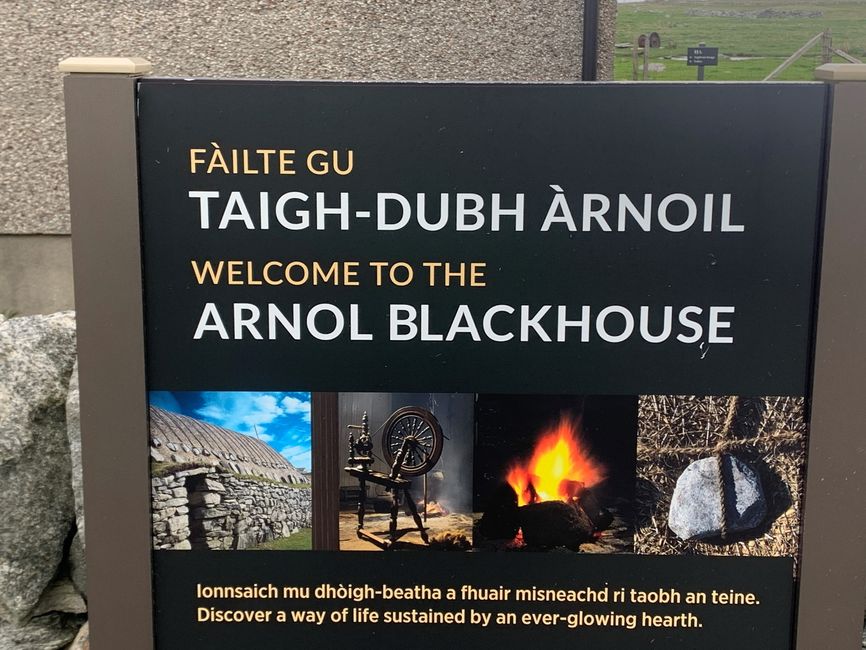
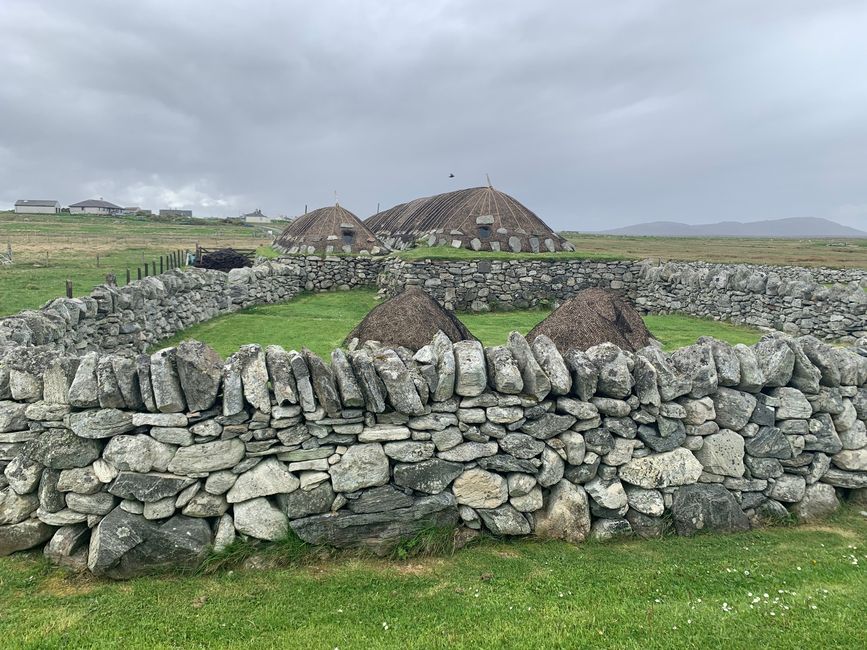
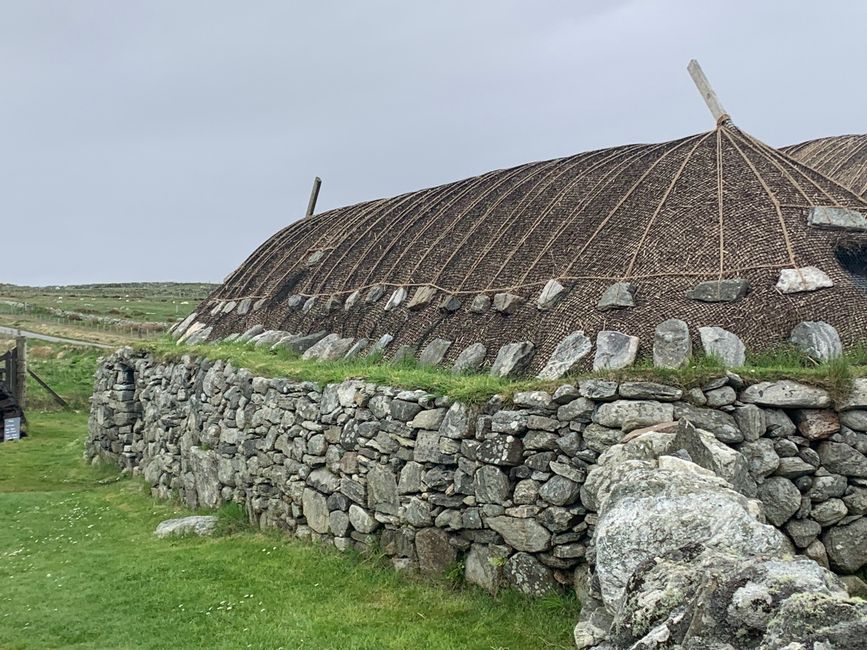
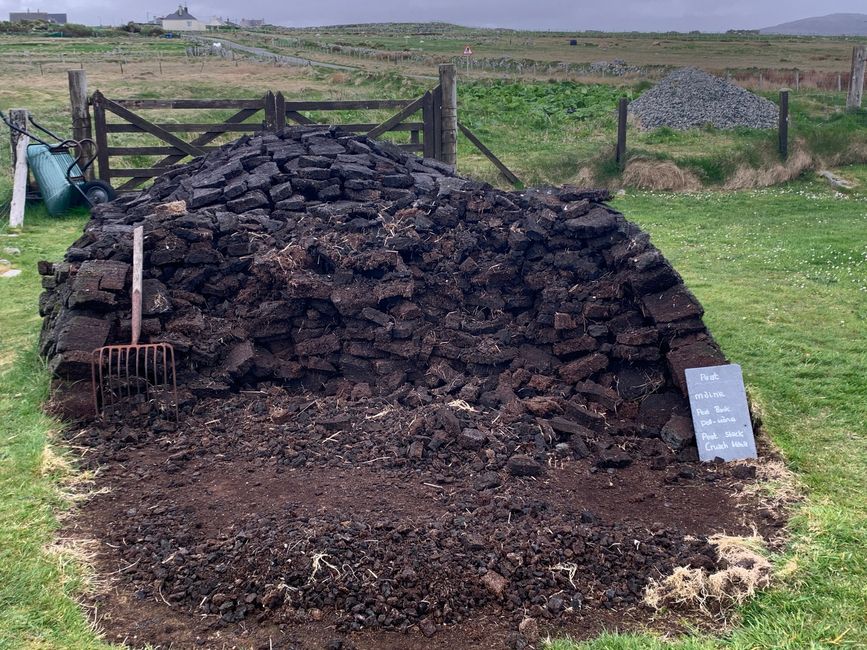
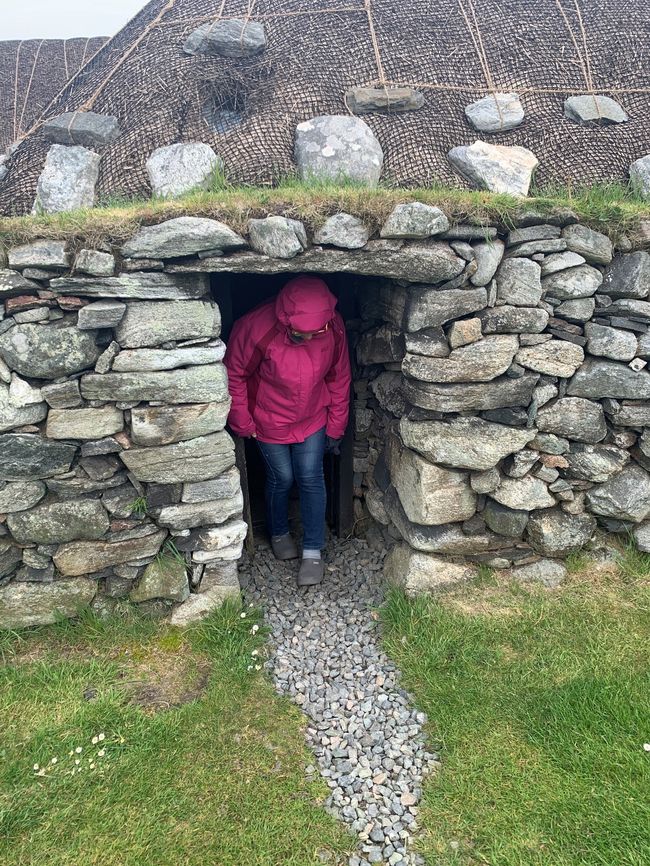
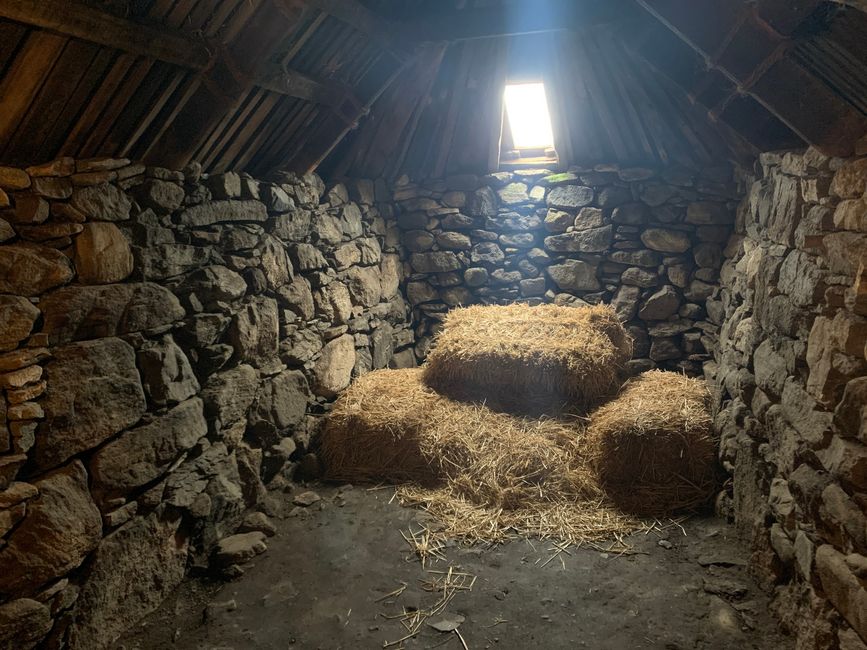
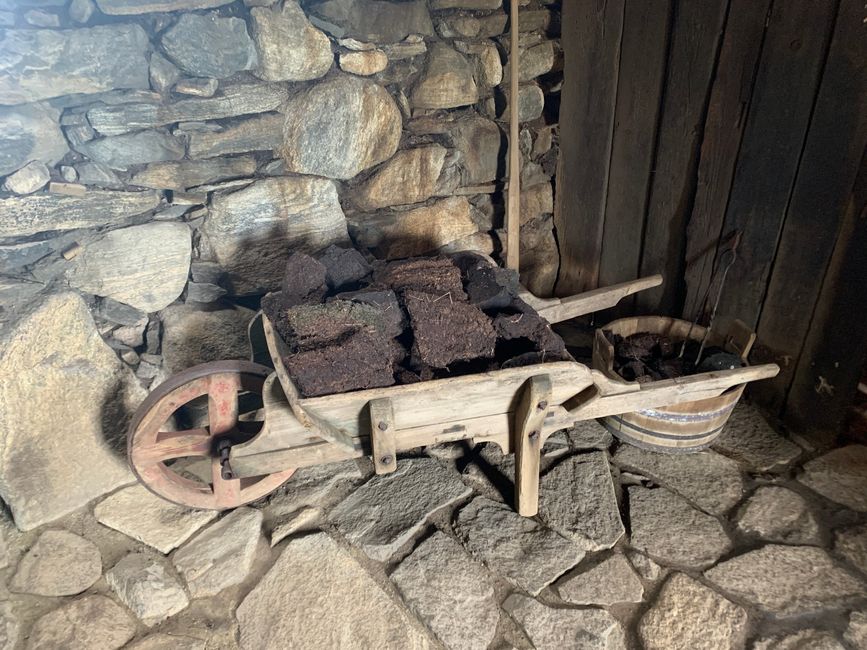
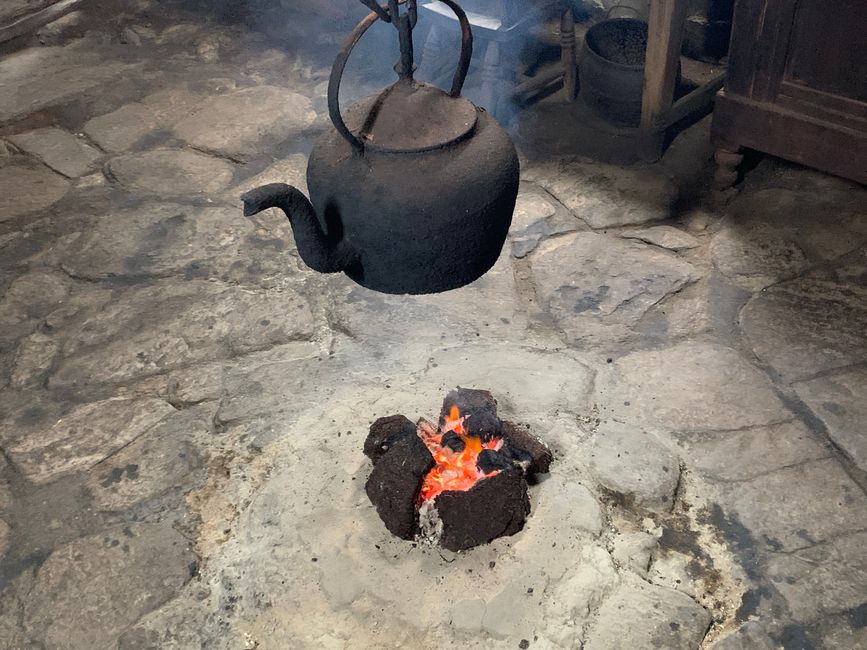
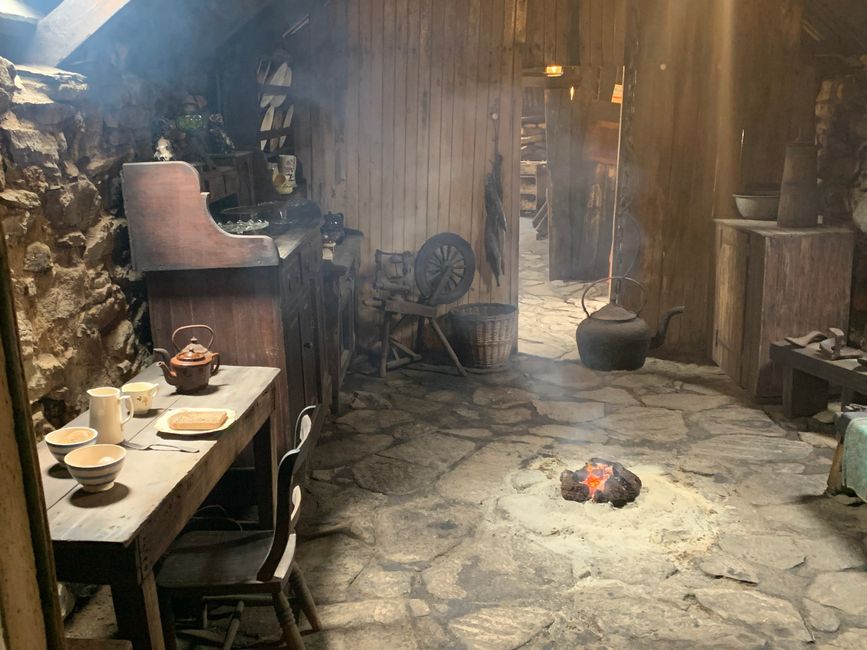
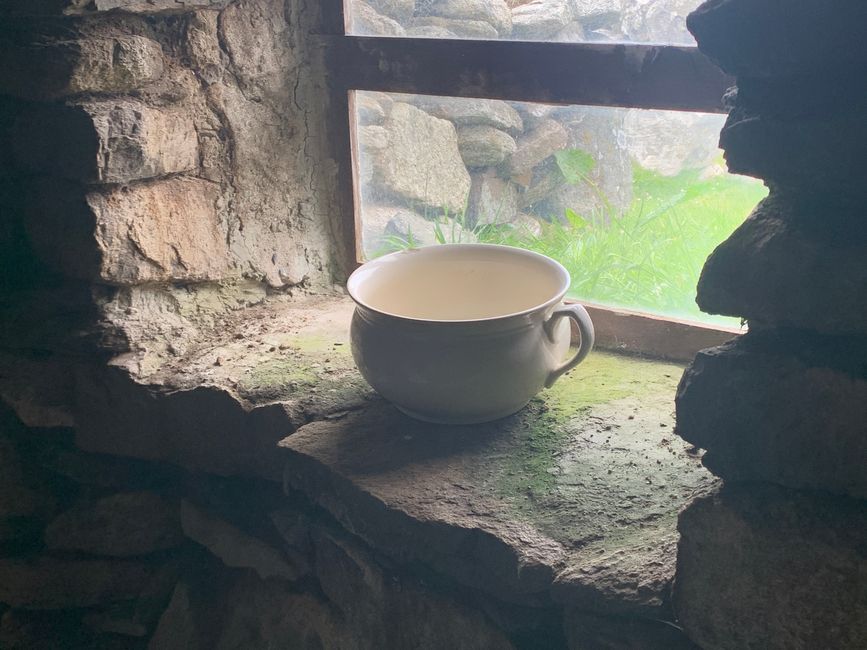
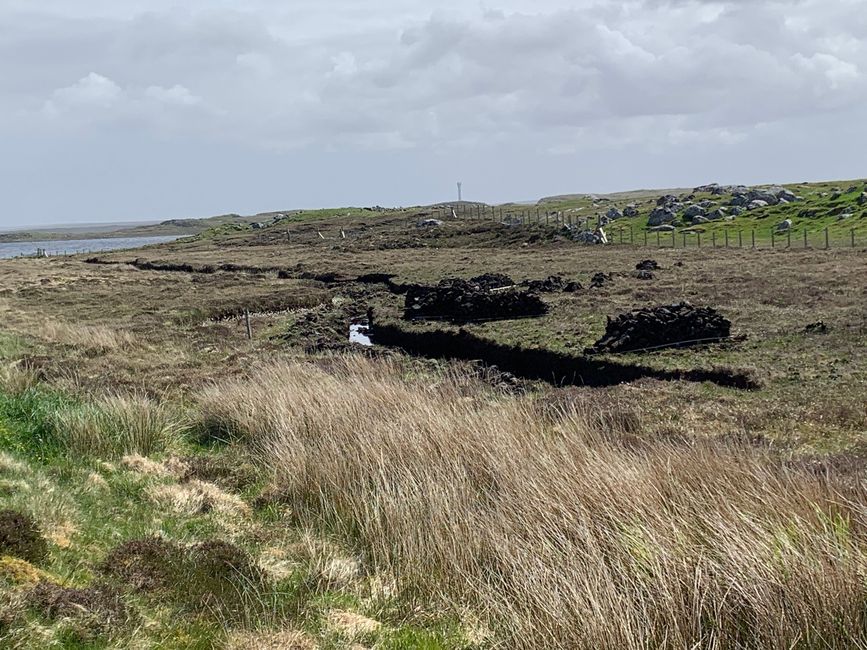
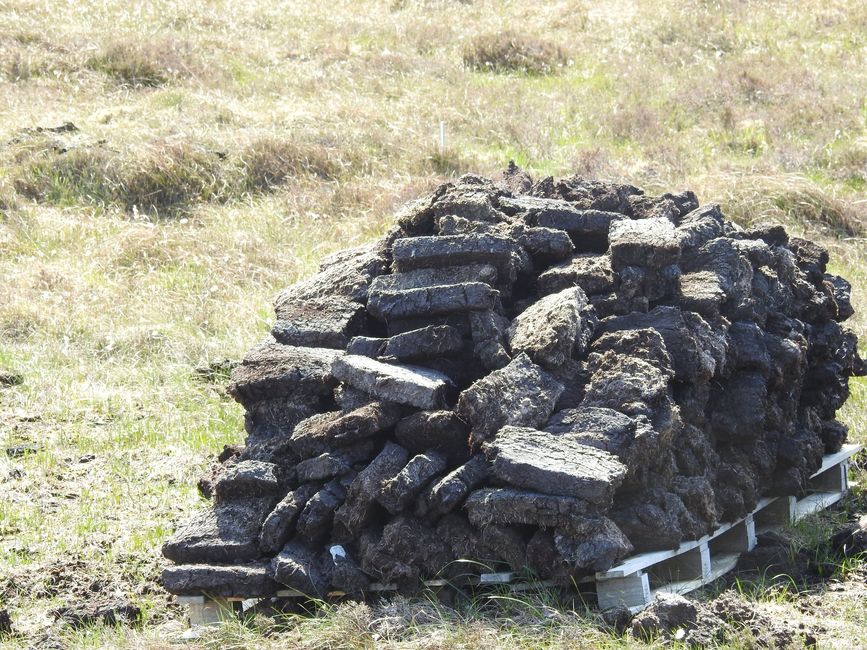
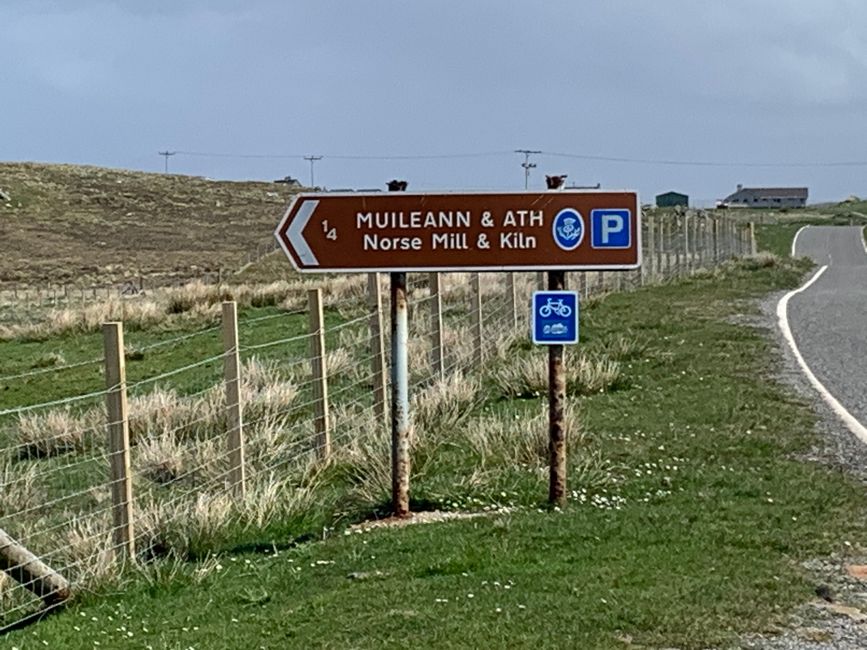
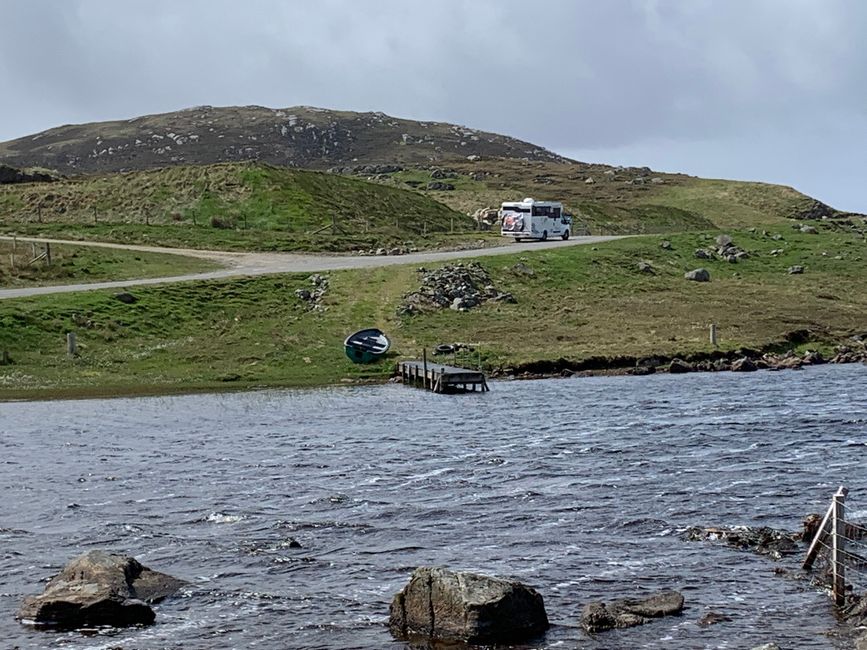
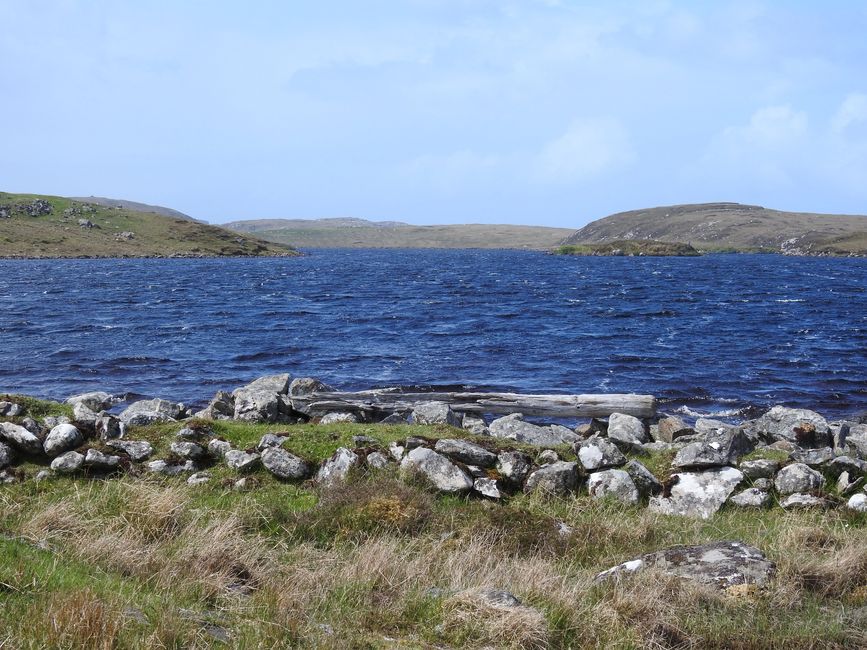
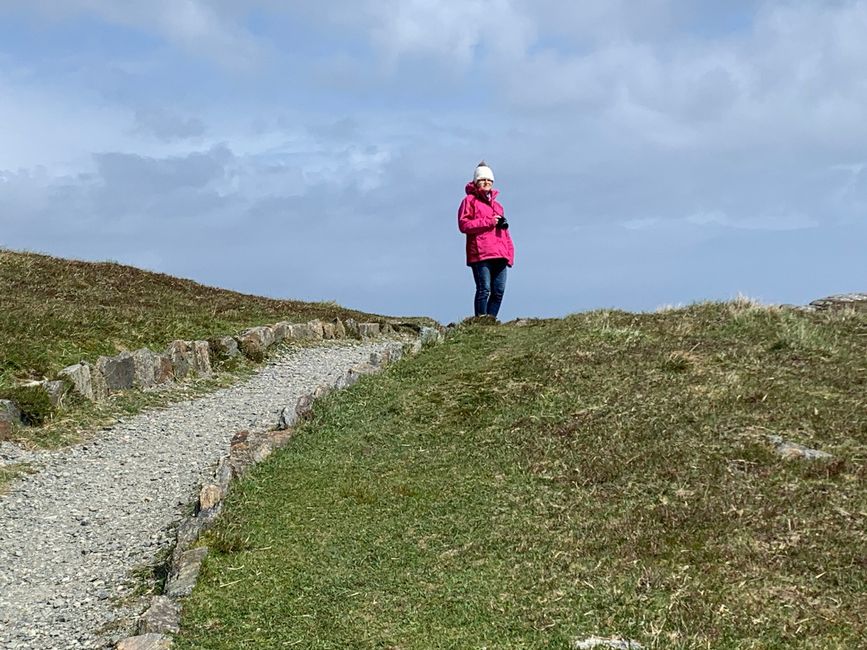
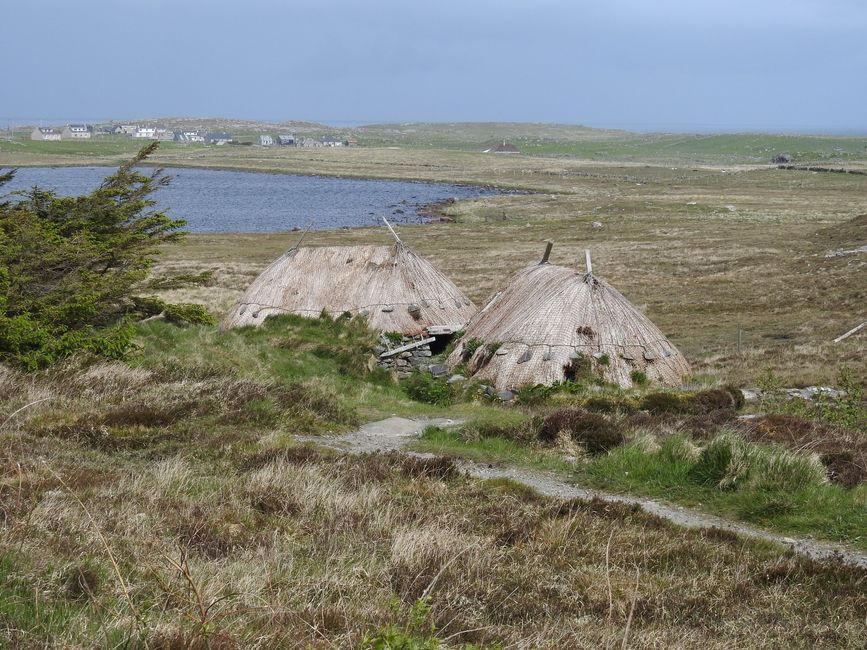
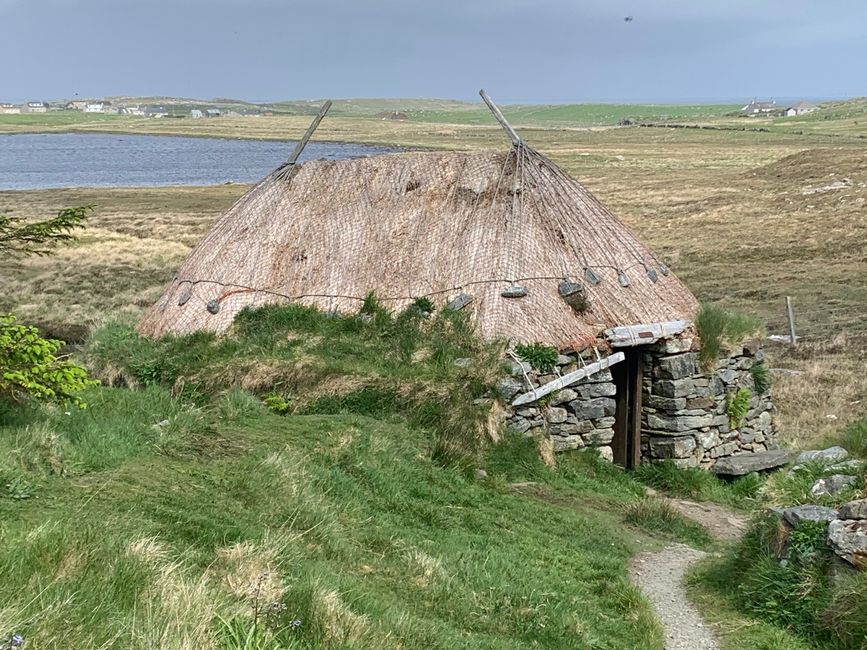
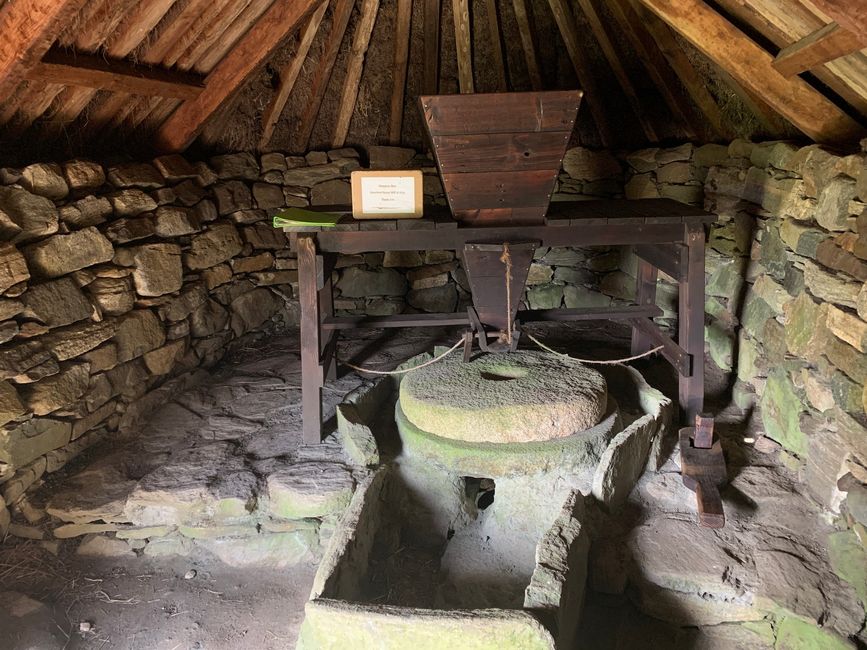
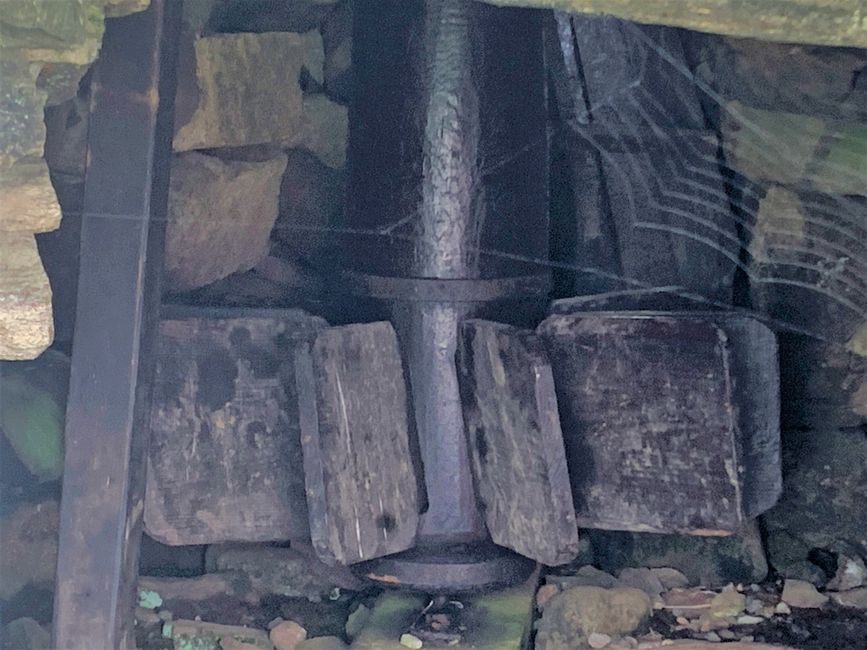
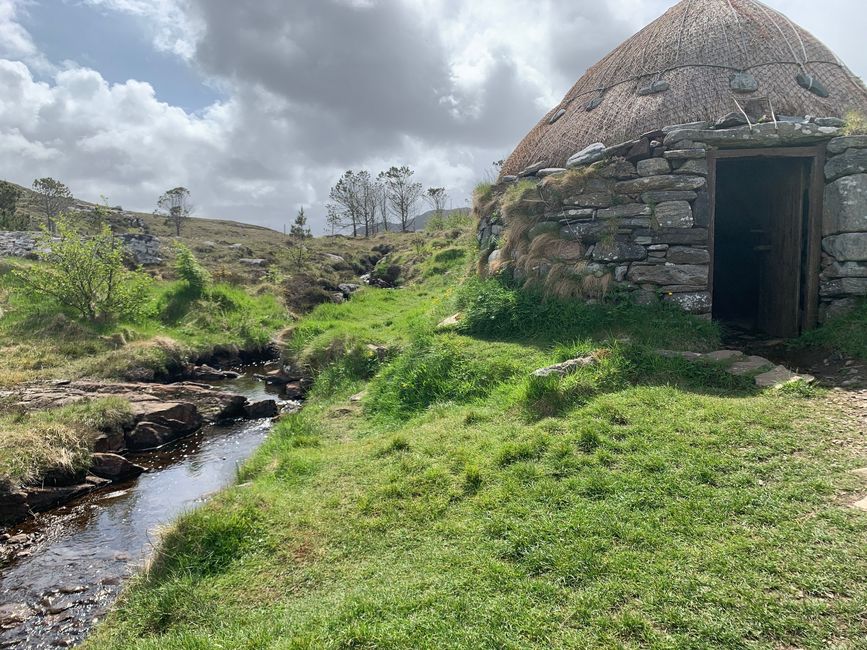
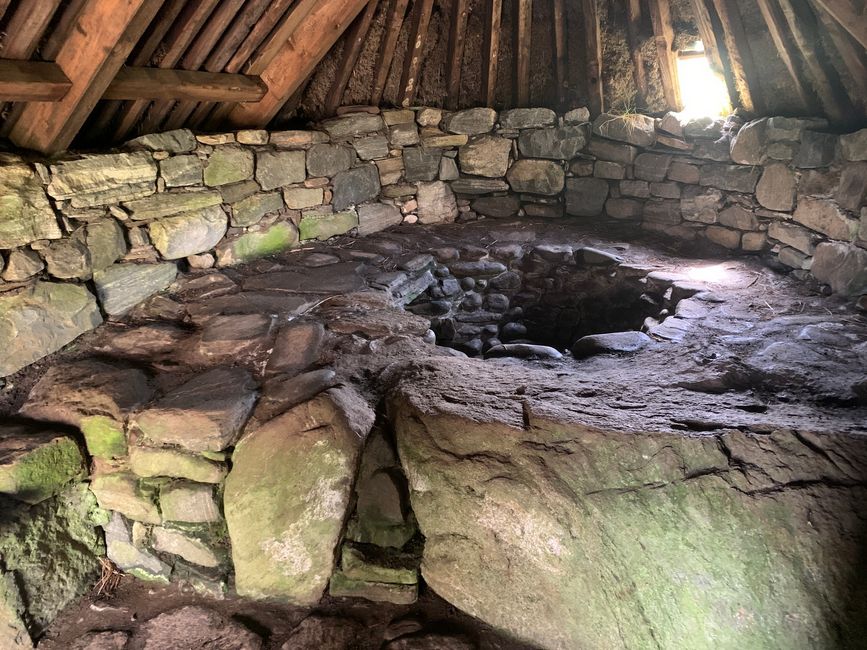
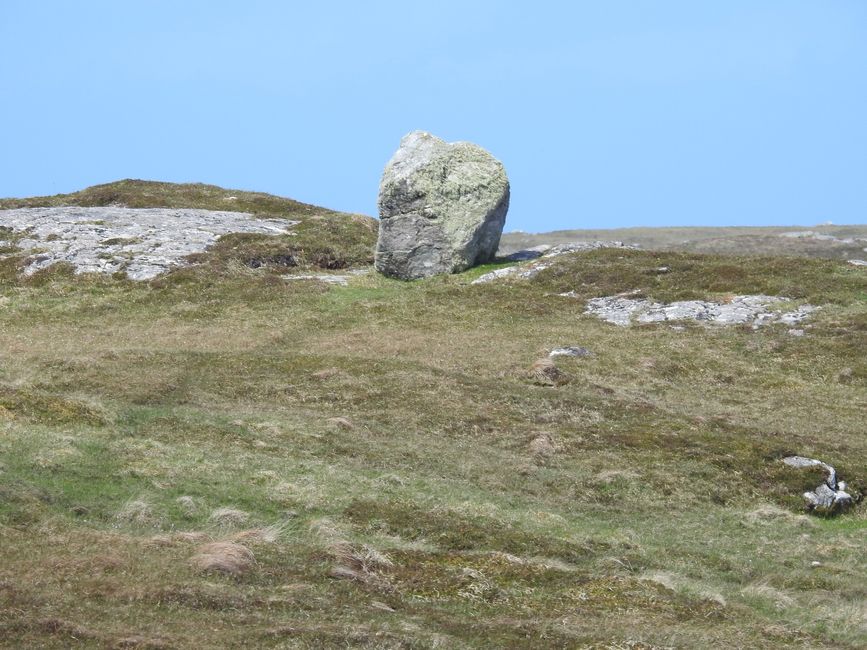
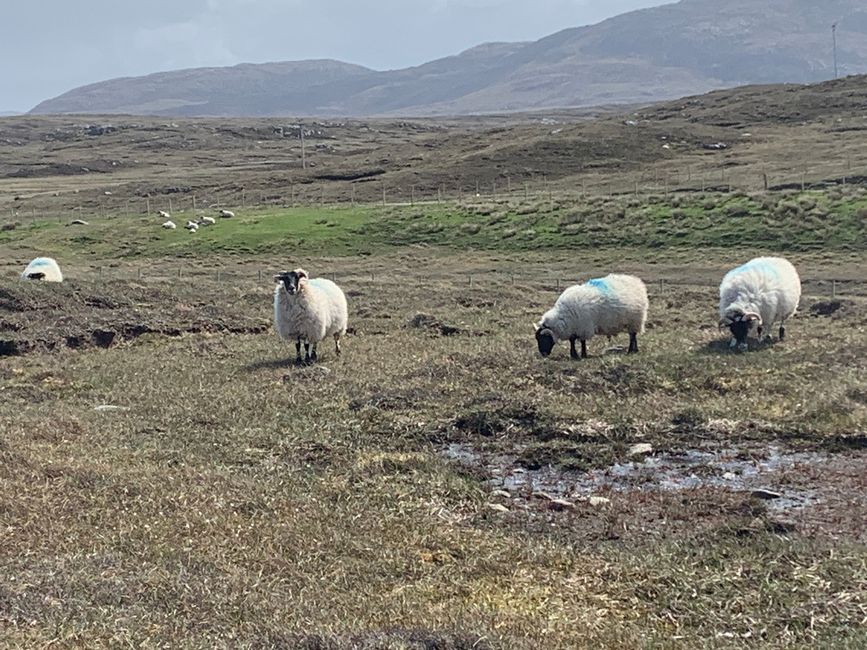
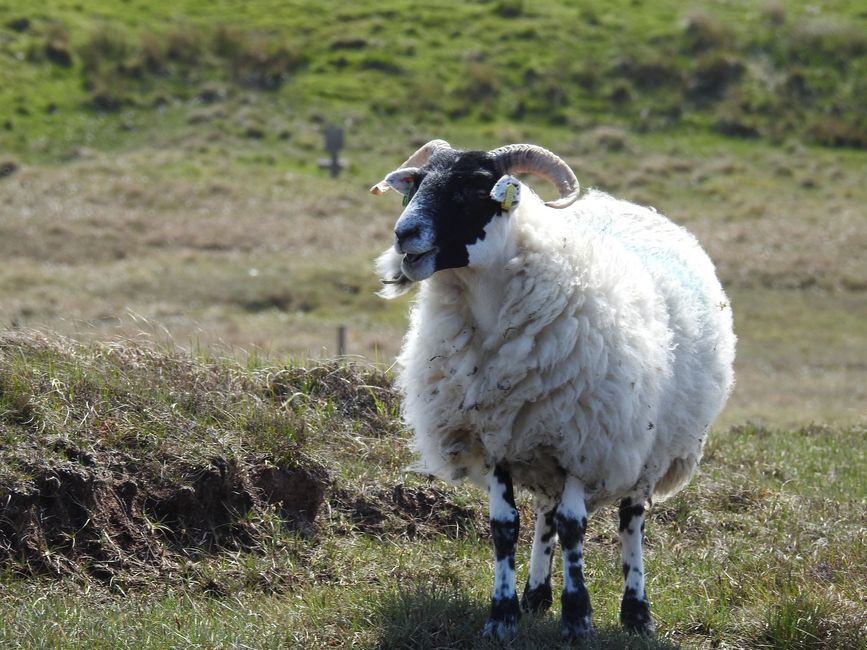
Newsletter abonnieren
Heute geht es mit der Caledionan – Macbrayne Fähre von Ullapool auf die Insel Harris & Lewis in den Hauptort Stornoway im Norden. Es ist ganz originell, dass die eine Insel zwei Namen hat – Harris im Süden und Lewis im Norden. Die Äußeren Hebriden sind als ein Höhepunkt unserer Reise geplant – sind dem auch gerecht geworden, deswegen gibt es zwei Blogs dazu.
Wir sind recht früh im Fährhafen und haben dann das Privileg, als erste aufs Schiff und vor allem dann auch als erste vom Schiff runter zu kommen. Die Überfahrt ist dank des ruhigen Meeres auch ganz ruhig – wie Stornoway, am Sonntag geht man hier in die Kirche und fast alle Geschäfte haben geschlossen. Wir haben uns aber informiert, und so wissen wir, dass Gordon MacDonald seinen Ein-Mann-Betrieb „A Harris Tweed Weaver“ für uns auch am Sonntag offen hält. Er ist ein begeisterter Weber und zeigt uns seinen Webstuhl und seine Farbinspirationen, die aus den Farben der Natur von Lewis bestimmt sind. Harris Tweed ist ein geschützter Begriff und eine eigene Organisation wacht streng darüber, dass es keine Fake Kopien unter diesem Namen gibt. Jedes neue Muster muss genehmigt werden und die Herkunft der Wolle muss vom Schaf auf Harris & Lewis über die verschiedenen Verarbeitungsschritte bis zum fertigen Tweed nachgewiesen und dokumentiert werde. Natürlich verlassen wir Gordon nicht, ohne ein paar Meter seines Tweed gekauft zu haben.
Jetzt nach Norden – zum „Butt of Lewis“, so der durchaus offizielle Name. Angesicht der geographischen Lage ganz im Nordwesten Europas ist man schon versucht, dass man Butt als „Arsch von Lewis“ übersetzt. Der Leuchtturm und das an den Klippen tosende Meer vor Ort ist aber jedenfalls sehr eindrucksvoll. Nachdem hier „Land‘s End“ angesagt ist, geht’s wieder Richtung Süden. Wir besuchen das Arnol Blackhouse. Die frühere traditionelle Hausform beherbergte Mensch und Vieh in einem Haus und im Hauptraum brannte – wie auch im Arnol Blackhouse- ständig ein einigermaßen qualmendes und stinkiges Torffeuer – ohne Kamin! Für uns fast unvorstellbarer Weise wurden diese Blackhouses bis in die 1960-er Jahre von Familien auf den Outer Hebrides bewohnt.
Trotz des strengen Schutzes der Hochmoore dürfen die Einheimischen ihren Eigenbedarf an Torf, der nicht nur zur Whiskyherstellung, sondern auch wie in alten Zeiten zum Heizen verwendet wird, abbauen.
Ein touristisches Hinweisschild an der Strasse lässt uns für die „Norse Mill und Kiln“ stoppen. Der Parkplatz ist natürlich zu klein für unser über 7 m langes Wohnmobil, aber an der Strasse finden wir bald danach eine Parkmöglichkeit. Eine kleine Wanderung bringt uns zu der historischen Getreidemühle und dem Trockenofen („Kiln“) für das Getreide. In früheren Zeiten waren um die 200 derartige Mühlen in Lewis in Betrieb und die letzte stellte erst 1945 ihren Betrieb ein. Am Rückweg kommen wir – wie eigentlich ständig in Schottland – an grasenden Schafen vorbei. Nach der letzten Zählung in 2019 gibt es in Schottland mehr Schafe als Menschen – 6,7 zu 5,4 Millionen….
Today we take the Caledionan - Macbrayne ferry from Ullapool to the island of Harris & Lewis to the main town of Stornoway in the north. It is quite original that one island has two names - Harris in the south and Lewis in the north. The Outer Hebrides are planned as a highlight of our trip - they did it, so there are two blogs about it.
We are in the ferry port quite early and then have the privilege of being the first to get on the ship and, above all, the first to get off the ship. The crossing is also very calm thanks to the calm sea – like Stornoway, on Sundays people go to church here and almost all shops are closed. But we did some research, so we know that Gordon MacDonald is keeping his one-man business, “A Harris Tweed Weaver”, open for us on this Sundays. A keen weaver, he shows us his loom and his color inspirations, which are determined from the colors of Lewis nature. Harris Tweed is a protected trade mark and its own organization strictly monitors that there are no fake copies under this name. Every new pattern has to be approved and the origin of the wool has to be proven and documented from the sheep at Harris & Lewis through the various processing steps to the finished tweed. Of course, we don't leave Gordon without having bought a few yards of his tweed.
Now north - to the "Butt of Lewis", that's the official name. Given its geographic location in the very north-west of Europe, one is tempted to translate Butt as 'Lewis' ass' (rather a German saying !). The lighthouse and the raging sea on the cliffs are very impressive. After "Land's End" is announced here, we head south again. We visit the Arnol Blackhouse. The earlier traditional form of building had people and cattle in one house and in the main room - as in the Arnol Blackhouse - the smoky and stinky peat fire was constantly burning - without a chimney! Unbelievably for us, these Blackhouses were occupied by families in the Outer Hebrides until the 1960's.
Despite the strict protection of the raised bogs, the locals are allowed to mine their own peat, which is not only used to make Whisky, but also, as in the old days, for heating.
A tourist information sign on the road lets us stop for the "Norse Mill and Kiln". The parking lot is of course too small for our more than 7 m long mobile home, but we soon find a parking space on the road. A short hike takes us to the historic grain mill and kiln for the grain. In earlier times there were around 200 such mills in Lewis and the last one did not cease operations until 1945. On the way back we pass grazing sheep – as is actually the case all the time in Scotland. At the last census in 2019 there are more sheep than people in Scotland - 6.7 to 5.4 million...
Newsletter abonnieren
Antworten
